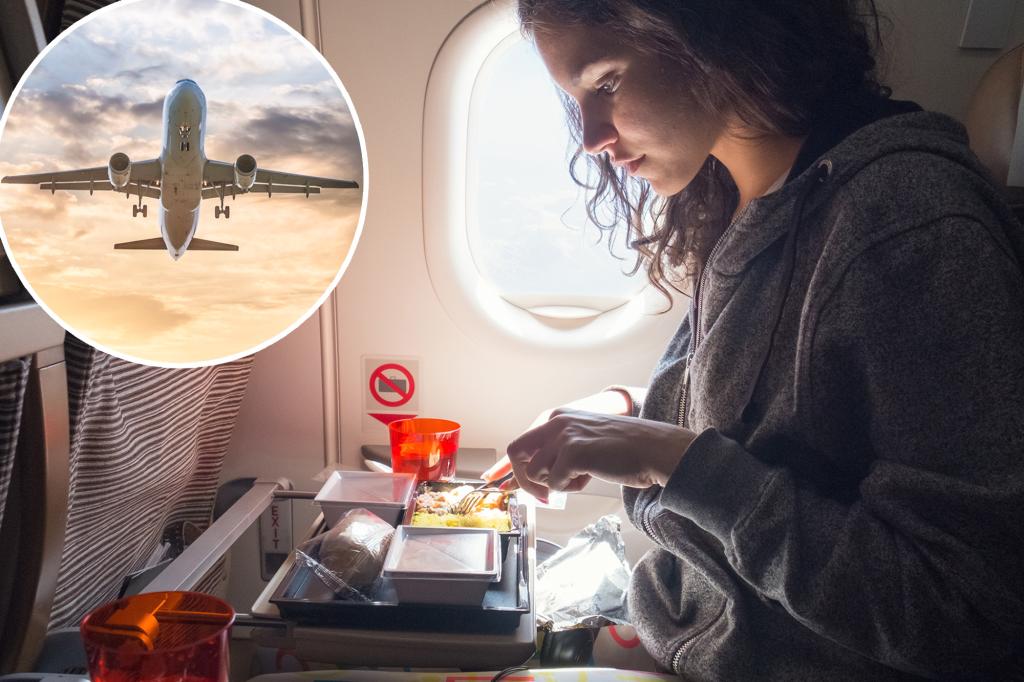In-flight meals can be unpredictable, as seen on a recent Delta Air Lines flight from Detroit to Amsterdam that had to make an emergency landing due to spoiled food making passengers sick. Food safety regulations for airline food are not as stringent as those for restaurants, according to Darin Detwiler, a food policy professor. While the US Food and Drug Administration does regulate airline caterers and airlines, they are not inspected as frequently as restaurants. It is recommended to choose safer options like pasta dishes over meals containing meat due to the difficulty of determining if meat is spoiled just by looking at it.
It can be challenging to tell if chicken or meat is spoiled just by appearance, as sauces and flavorings can mask any off smells or tastes. To reduce the risk of foodborne illness from chicken, it is recommended to ensure it is fully cooked using a food thermometer. However, most passengers do not carry a food thermometer, so bringing your own food on flights is a safer option. Passengers can consider bringing shelf-stable snacks like granola bars, trail mix, and nuts to avoid eating potentially spoiled in-flight meals.
Food safety experts warn that even if mold is visible on in-flight chicken or meat, it may not be immediately noticeable upon opening packaging. Mold can produce mycotoxins, which are toxic compounds that can cause illness, including gastrointestinal and neurological issues. Ingesting spoiled food on a plane can be particularly challenging due to limited resources and bathrooms for handling resulting illnesses. However, not all cases of mold on food result in foodborne illness; some may only cause spoilage with symptoms like an upset stomach and nausea, while others can lead to bacterial infections such as Salmonella or Campylobacter.
Overall, to ensure the safety of in-flight meals, it is recommended to pack your own food. Bringing homecooked meals on a flight is the only way to guarantee that safety standards are met. Some passengers choose to bring their own food on planes to avoid the risk of foodborne illness from airline meals. This approach also allows travelers to bring shelf-stable snacks for the flight and helps maintain good hygiene practices, such as frequent handwashing while traveling.
In conclusion, in-flight meals can pose a risk of foodborne illness due to inconsistent food safety regulations and practices. It is difficult to determine if the meat is spoiled just by looking at it, and sauces and flavorings can mask any off smells or tastes. To reduce the risk of illness, it is recommended to ensure that meat is fully cooked using a food thermometer or pack your own food for the flight. Mold on in-flight chicken or meat can produce toxins that cause illness, and certain molds can lead to bacterial infections as well. Ultimately, bringing your own food on a flight is the best way to guarantee food safety and avoid potential health risks associated with in-flight meals.















